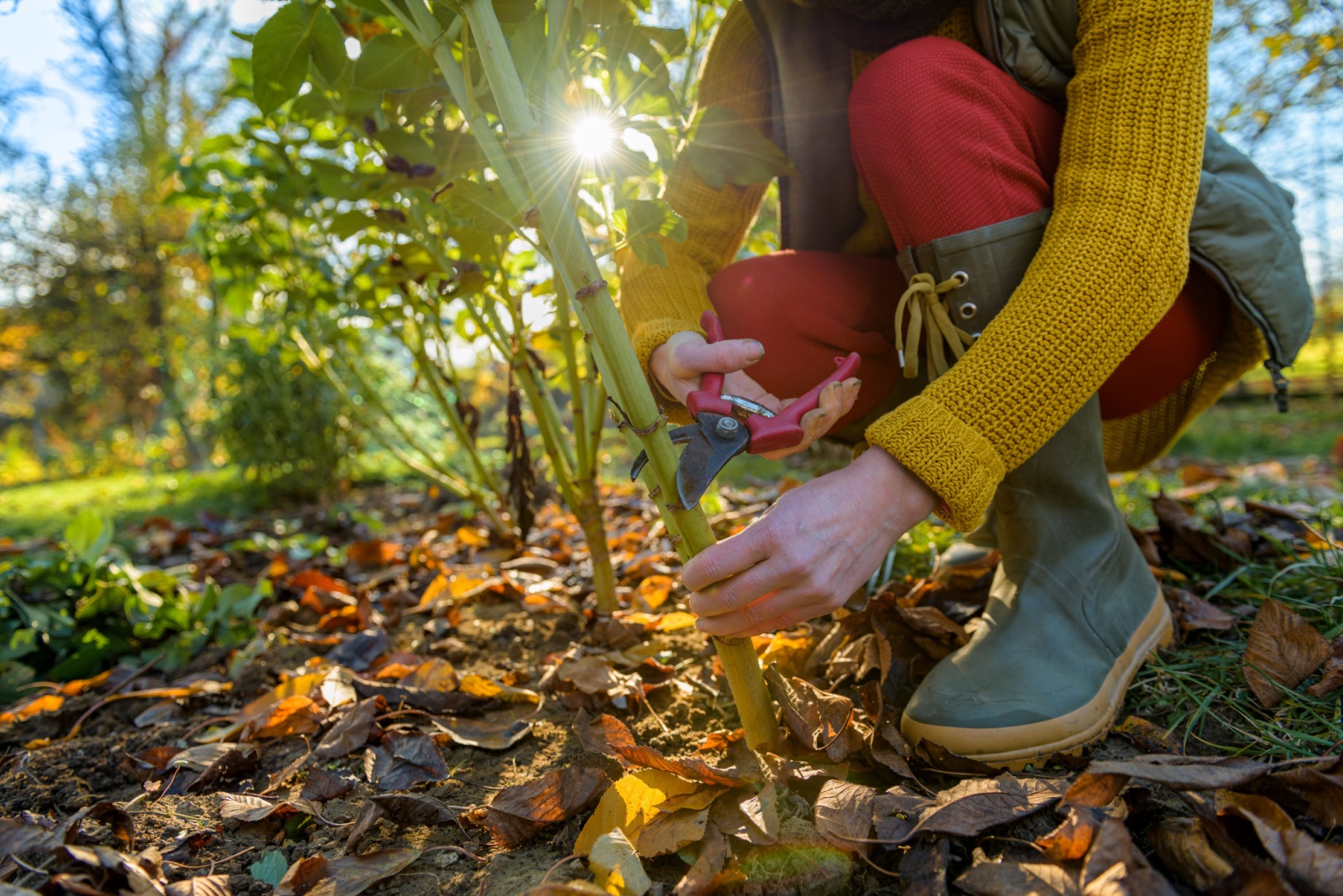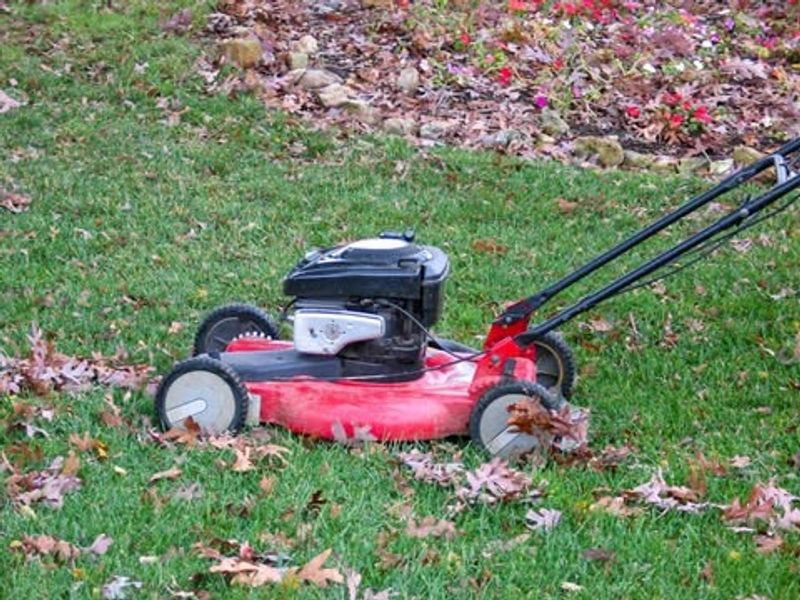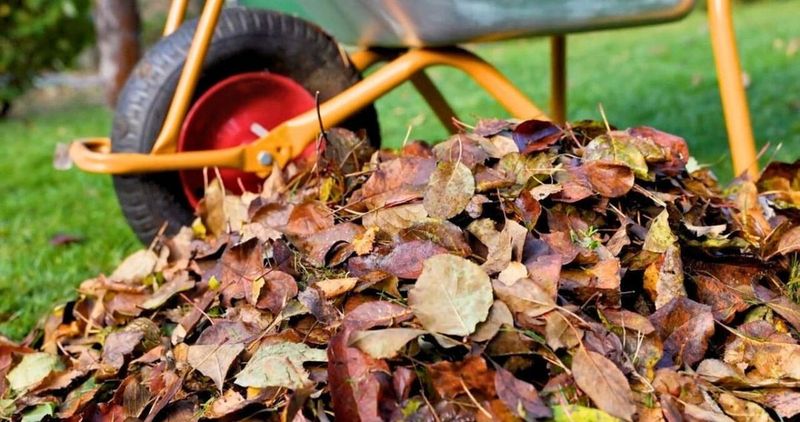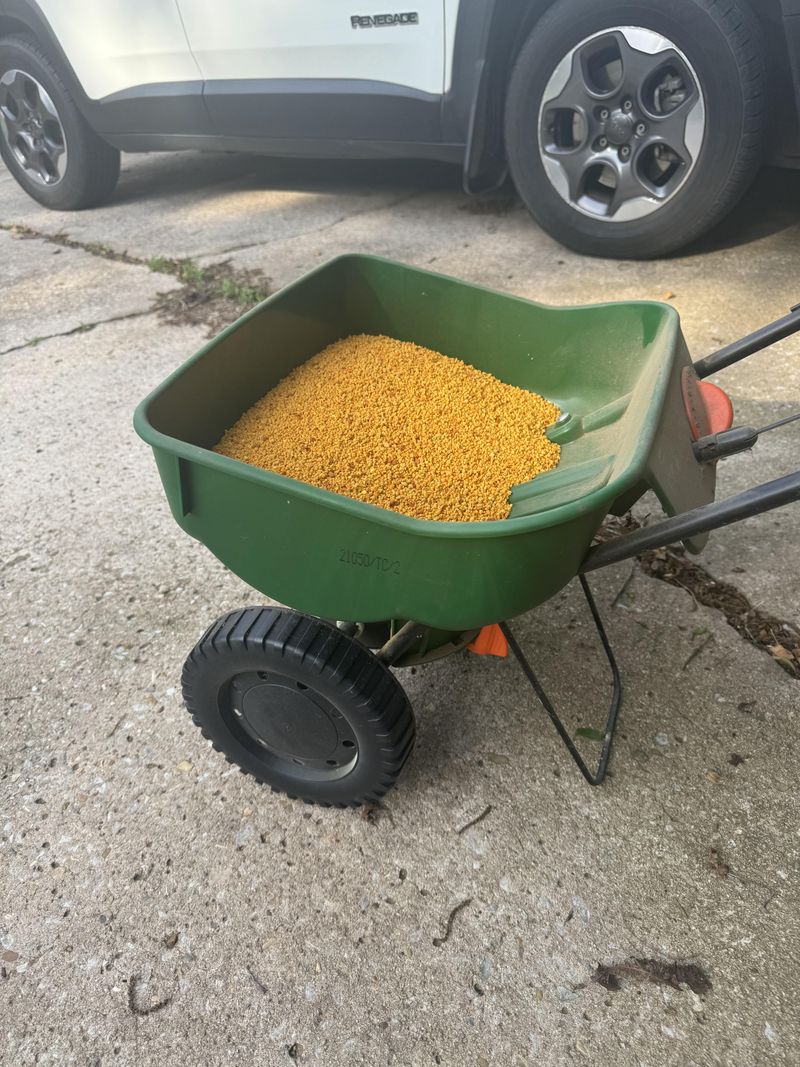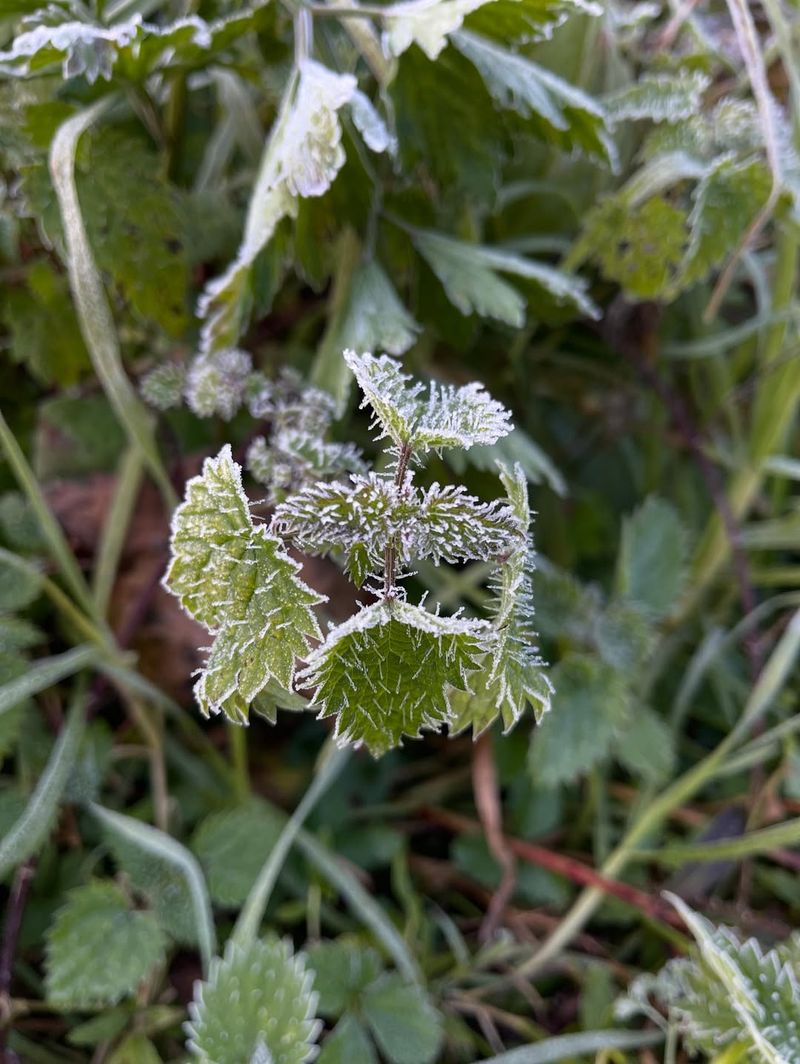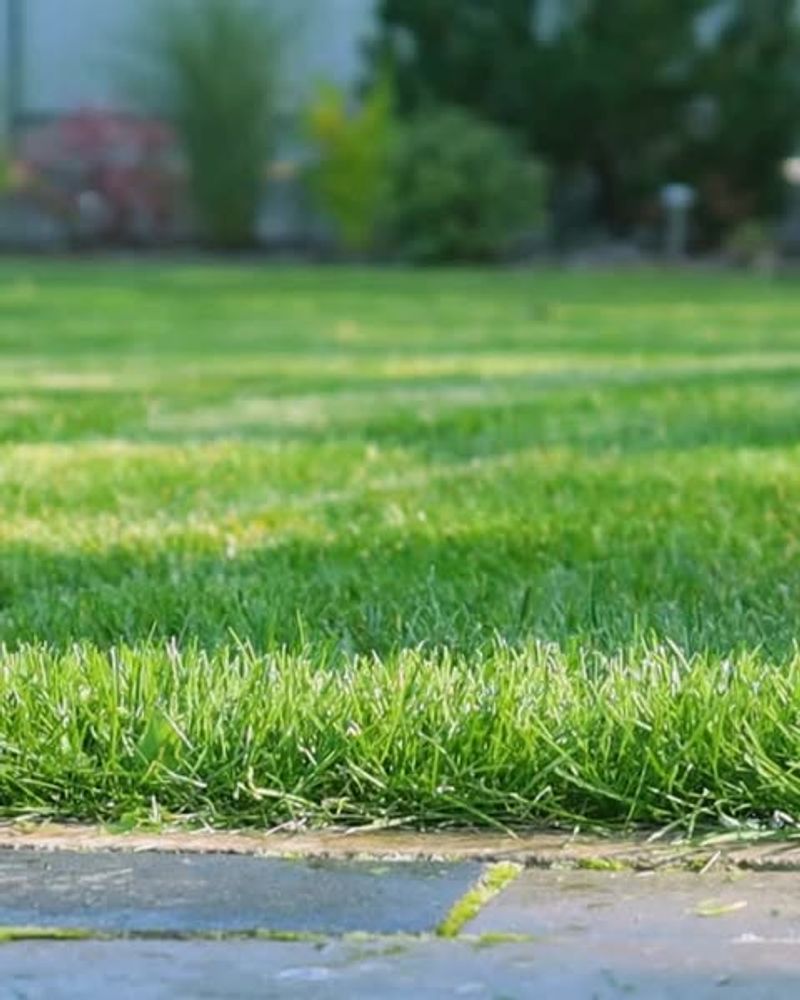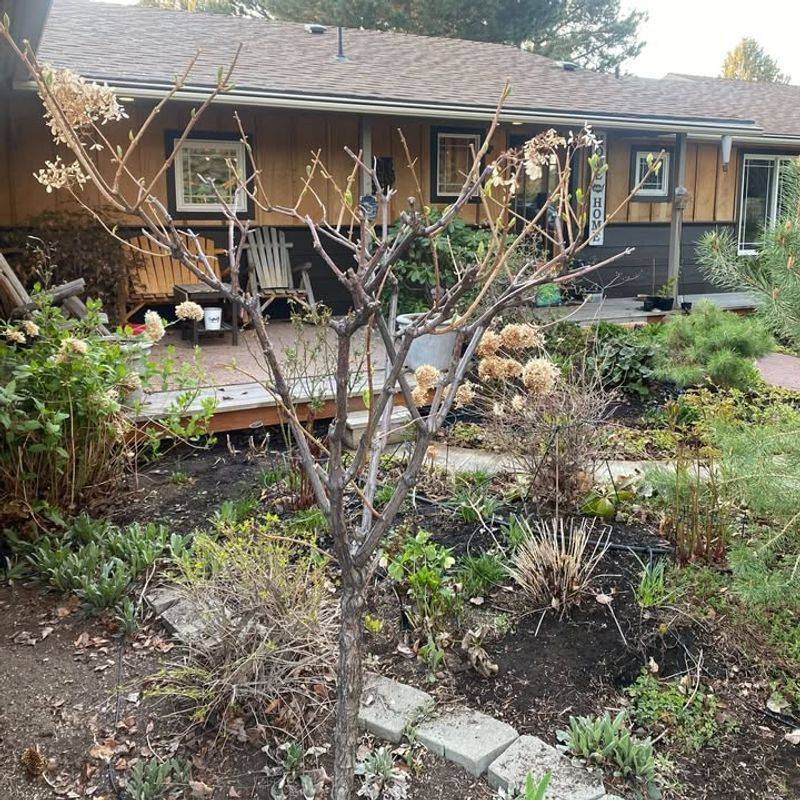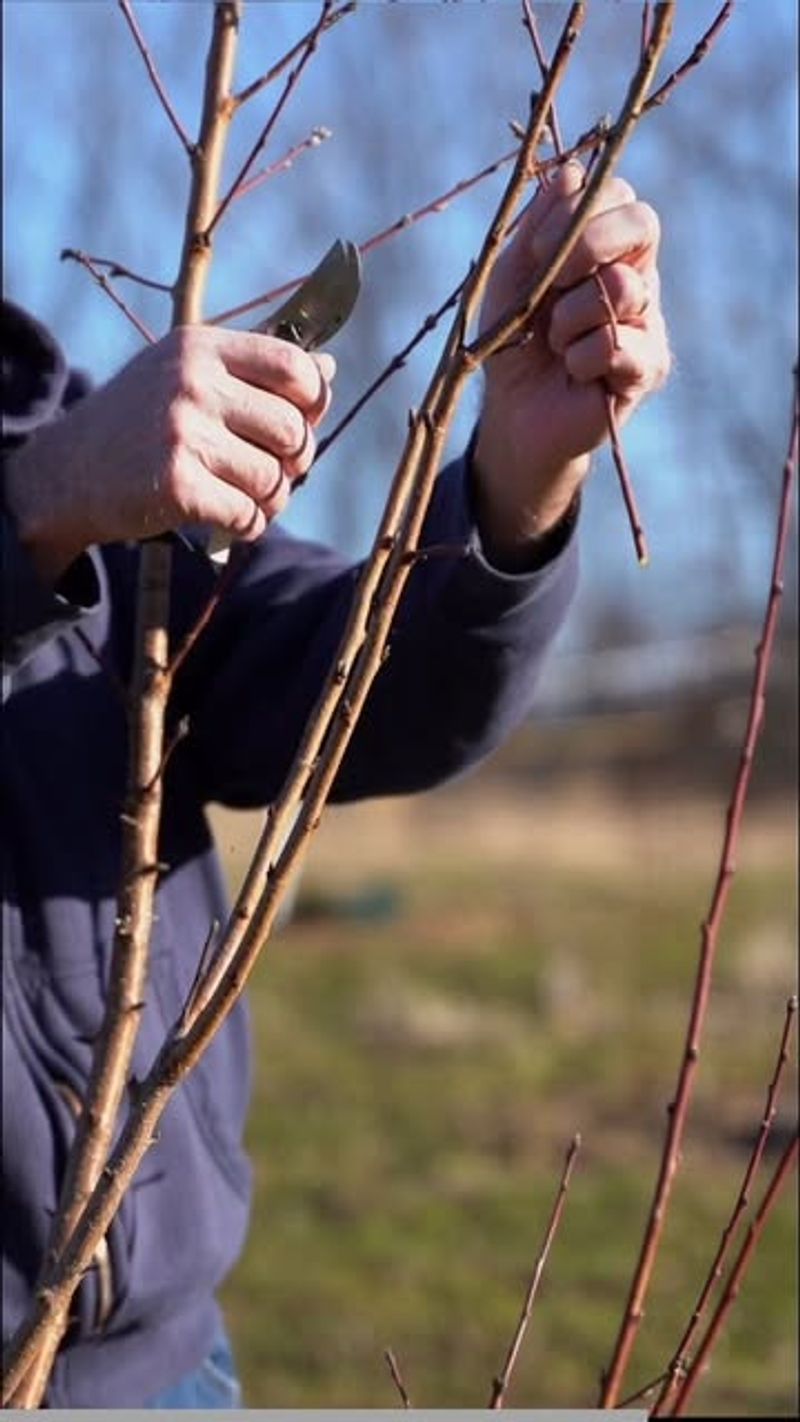Fall arrives in Ohio with cooler temperatures and shorter days, signaling time to prepare your yard for winter. Many homeowners make simple mistakes during this season that can damage their lawns, gardens, and landscaping.
Understanding what to avoid now can save you from expensive repairs and disappointment come spring.
1. Cutting Grass Too Short Before Winter
Scalping your lawn in autumn seems like a time-saver, but it actually weakens grass roots when they need strength most. Ohio winters are harsh, and grass cut shorter than three inches loses its natural insulation against freezing temperatures.
Taller blades protect the crown of each plant and help prevent winter damage. Aim for a final mowing height between 2.5 and 3 inches to give your lawn the best chance of surviving until spring arrives healthy and green.
2. Ignoring Fallen Leaves On Your Lawn
Leaving thick piles of leaves on your grass might seem harmless, but those colorful blankets block sunlight and trap moisture underneath. Your lawn needs light and air circulation even during fall months to stay healthy.
Heavy leaf coverage creates perfect conditions for fungal diseases and can smother grass completely. Rake or mulch leaves regularly throughout autumn rather than waiting until every tree is bare, preventing permanent dead spots from forming in your yard.
3. Skipping Fall Fertilization
Many gardeners stop feeding their lawns after summer ends, but fall fertilization is actually one of the most important applications of the year. Grass roots continue growing even when top growth slows down during cooler weather.
A quality fall fertilizer helps build strong root systems and stores nutrients for winter survival and spring green-up. Apply a winterizing fertilizer between late September and early November in Ohio for best results and a healthier lawn next season.
4. Planting The Wrong Things At The Wrong Time
Enthusiasm for fall planting can lead to poor choices if you select varieties that cannot establish before winter arrives. Tender perennials and warm-season vegetables planted too late will die when frost hits Ohio yards.
Focus on cold-hardy options like pansies, kale, and spring bulbs instead. Research each plant’s specific needs and your area’s first frost date before buying anything at the garden center to avoid wasting money and effort on doomed plantings.
5. Forgetting To Water During Dry Spells
Cooler fall temperatures trick many Ohio gardeners into thinking their yards no longer need watering, but plants still require moisture to prepare for winter. Dry soil freezes harder and deeper, causing more root damage than moist ground.
Monitor rainfall throughout autumn and water deeply when your yard receives less than an inch per week. Pay special attention to newly planted trees, shrubs, and evergreens, which need consistent moisture to survive their first winter successfully.
6. Leaving Dead Plants And Debris Around
Dead annuals, fallen branches, and garden waste left scattered across your Ohio yard look messy and create perfect hiding spots for pests and diseases. Insects and rodents seek shelter in plant debris during winter months.
Fungal spores and bacteria also overwinter on dead foliage, ready to infect new growth next spring. Clean up your garden beds thoroughly, removing spent plants and organic debris to reduce pest problems and disease pressure for the following growing season.
7. Pruning Trees And Shrubs At The Wrong Time
Grabbing pruning shears in autumn feels productive, but cutting back many trees and shrubs during fall actually encourages new growth that will not survive winter. Fresh shoots are extremely vulnerable to frost damage and can weaken the entire plant.
Most woody plants enter dormancy during fall and should not be pruned until late winter or early spring in Ohio. Exceptions include dead, damaged, or diseased branches, which can be removed anytime to protect plant health and safety.

